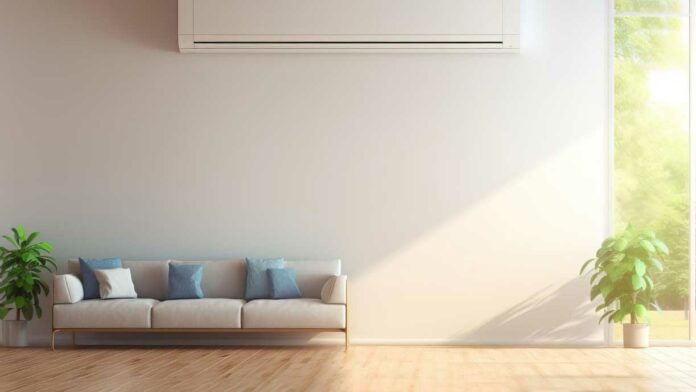Over 90% of people in urban and industrialized societies—which are becoming increasingly prevalent worldwide—spend their time indoors, breathing indoor air (IA). Despite decades of research and activism, most nations lack legally mandated indoor air quality (IAQ) performance requirements for public areas that address the concentration levels of IA pollutants.
Most building codes do not concentrate on the spread of airborne diseases, and very few deal with operation, maintenance, and retrofitting. However, the COVID-19 epidemic has highlighted the significance of indoor air quality (IAQ) for human health, welfare, productivity, and education at all societal levels, from community members to policymakers.
A group of more than forty scientists has worked together to suggest standards for indoor pollutants that significantly impact blood circulation and lung health, such as carbon dioxide (CO2), carbon monoxide (CO), and PM2.5 particles. They also include guidelines for ventilation rates, which specify how frequently a space’s air is changed.
Among the experts pushing for these modifications is co-author Cath Noakes, a professor of environmental engineering for buildings at the University of Leeds. Medical professionals are worried that interior air pollution could be almost as deadly as outdoor air pollution.
Professor Noakes said, “We must raise awareness that indoor air matters. Many indoor places are public, where individuals have little control over the quality of air they breathe.”
“Introducing standards for air quality in public buildings recognises the right for those using the buildings to expect a safe and healthy environment, in the same way they should have confidence in food hygiene or fire safety.”
“Multiple studies indicate that improving indoor air in public spaces is cost-effective in terms of health, wellbeing, and productivity.”
The group of specialists anticipates that policymakers in the UK and elsewhere will use these standards to support modifications to indoor air quality rules, guidelines, and standards.
The scientists found that most contemporary, mechanically ventilated buildings already have tools for measuring ventilation. To guarantee appropriate indoor air quality (IAQ), ventilation rates about the amount of clean air provided to the area must be monitored, considering variables like the number of people and their activities.
They advise employing CO2 sensors, which are widely accessible, reasonably priced, and dependable, to measure pathogens and CO2 ventilation during human occupation in public areas.
Professor Noakes said: “CO2 is one of the easiest parameters to measure and can be used to assess ventilation quality effectively. By limiting levels of CO2 indoors, we can reduce the spread of diseases spread by respiratory pathogens, like COVID-19, colds and flu.”
Professor Lidia Morawska – from Queensland University of Technology said, “Most countries do not have any legislated indoor air quality performance standards for public spaces that address concentration levels of indoor air pollutants.”
“To have practical value, indoor air quality standards must be implementable by designing new buildings that are built, operated, and maintained to standard or retrofitted to meet the standards.”
“While there is a cost in the short term, the social and economic benefits to public health, wellbeing, and productivity will likely far outweigh the investment in cost in achieving clean indoor air.”
Journal Reference:
- Lida Morawska, Joseph Allen et al. Mandating indoor air quality for public buildings. Science. DOI: 10.1126/science.adl0677
